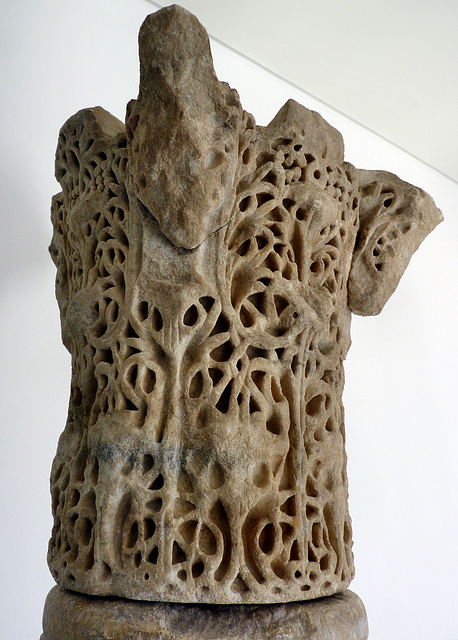Location
Lat, Lng: 40.209307, -8.425462
You can copy the above to your favourite mapping app.
Address: Pintos
You can copy the above to your favourite mapping app.
Address: Pintos
Keywords
Authorizations, license
-
Visible by: Everyone -
All rights reserved
-
182 visits
Coimbra - Machado de Castro National Museum


A Roman settlement, named "Aeminium" existed here. When the neighbouring town "Conimbriga" got conquered and destroyed by the Suebes in 468, the survivors moved to "Aeminium" - and renamed it. The Visigoths under King Wittiza named the town "Eminio" later. In 714 the town was conquered by Muslim troops, who changed the name again.
Coimbra was finally recaptured in 1064 by King Fernando de Castilla y León. Coimbra became the second capital of the Kingdom of Portugal (after Guimarãesin) 1139, a status that moved to Lisbon in 1256. The University of Coimbra, founded by Denis of Portugal (aka "Dom Dinis") in 1290, is one of the oldest in Europe.
Coimbra hosts the "Machado de Castro National Museum", named after Machado de Castro, a Portuguese sculptor of the late 18th century. It has a wide, very interesting collection. Here are some examples.
After the Roman empire collapsed, the Iberian peninsula experienced waves of invaders. The first came from central Europe (Visigoths, Suebes), the later from North Africa (Moors). The different artistic traditions combined with the late Classical inheritance led to a kind of hybrid style, called "pre-Romanesque".
The marble capital is dated to the final period of the Cordoba Caliphat (756-1031).
www.museumachadocastro.gov.pt/en-GB/2%20museu/ContentList...
Coimbra was finally recaptured in 1064 by King Fernando de Castilla y León. Coimbra became the second capital of the Kingdom of Portugal (after Guimarãesin) 1139, a status that moved to Lisbon in 1256. The University of Coimbra, founded by Denis of Portugal (aka "Dom Dinis") in 1290, is one of the oldest in Europe.
Coimbra hosts the "Machado de Castro National Museum", named after Machado de Castro, a Portuguese sculptor of the late 18th century. It has a wide, very interesting collection. Here are some examples.
After the Roman empire collapsed, the Iberian peninsula experienced waves of invaders. The first came from central Europe (Visigoths, Suebes), the later from North Africa (Moors). The different artistic traditions combined with the late Classical inheritance led to a kind of hybrid style, called "pre-Romanesque".
The marble capital is dated to the final period of the Cordoba Caliphat (756-1031).
www.museumachadocastro.gov.pt/en-GB/2%20museu/ContentList...
(deleted account) has particularly liked this photo
- Keyboard shortcuts:
Jump to top
RSS feed- Latest comments - Subscribe to the comment feeds of this photo
- ipernity © 2007-2025
- Help & Contact
|
Club news
|
About ipernity
|
History |
ipernity Club & Prices |
Guide of good conduct
Donate | Group guidelines | Privacy policy | Terms of use | Statutes | In memoria -
Facebook
Twitter











Sign-in to write a comment.